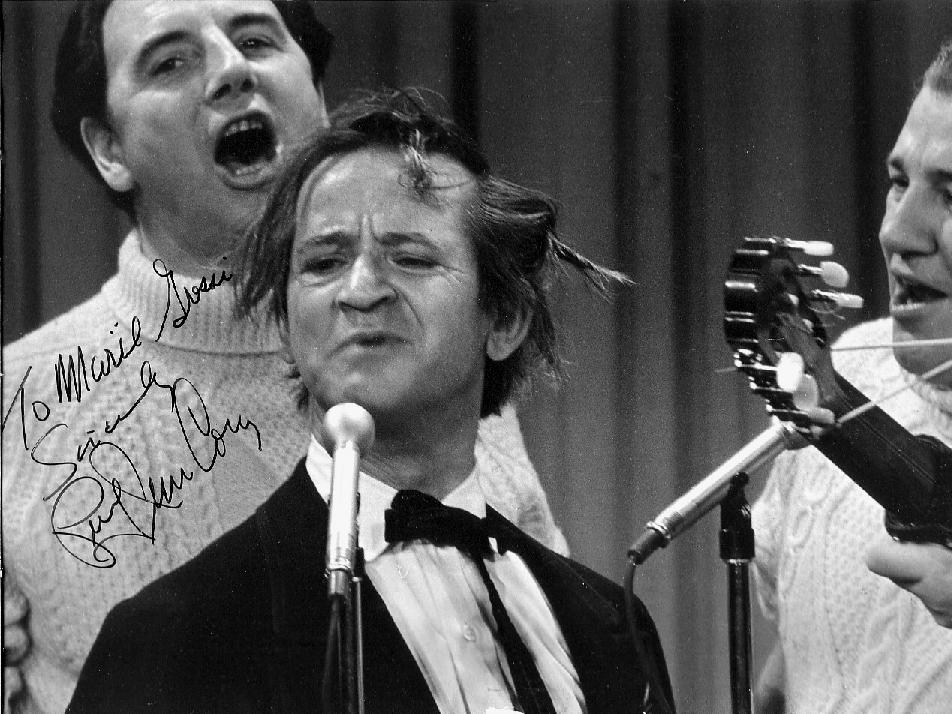«Winning takes talent, to repeat takes character» Basketball Hall of Fame Coach John Wooden of UCLA.
Louise Hakim Memorial; MONROE LA
Oct 4-6, 2013
Every once in a while a team just does nothing wrong. Our [ilink url=»https://www.facebook.com/pages/Great-American-Bridge-Tour/124487180911255?hc_location=timeline»]Great American Bridge Tour[/ilink] team in Monroe (GS Jade Barrett, Anne Dawson, Richard Logan, Clifton Miller SR) played well in the early rounds of the Knockout, gaining an entry into the Final against a good local team. Then I had the opportunity to watch my teammates play in spectacular fashion, running up a 54 – 1 (I dropped a trick against a part-score) halftime lead after 12 Boards. Our opponents did not play poorly, they just got beat.
«I don’t know what happened», one of my perplexed teammates observed, «I don’;t think we did anything wrong!». A sentiment more often expressed when you are down by 50 than the other way round. While we all expect to play well, we rarely accomplish the perfect board, much less a nearly perfect set. I think it must be similar to swinging a golf club with every intent of putting the ball in the hole from 250 or so yards away and watching it actually happen.
After the Finals, we spent a few moments looking for mistakes, and when we found a few there was a genuine sense of relief. «I might have never played again if I had been truly perfect», one of them explained. «The pressure to duplicate that performance would spoil my enjoyment of the game».
I can understand. When you have a true sense of excellence in an endeavor, you expect to repeat that result – over and over again. Given the futility of the pursuit of perfection in our game, that expectation will virtually never be fulfilled. It seems odd, but it is the imperfect nature of the game and its proponents that draws us. The constant challenges that defy absolute answers, allowing for many different styles to achieve duplicated results.
Which leaves us with this thought:
Because we cannot possibly play perfectly, we have to keep coming back.
«If we don’t change direction soon, we’ll end up where we’re going!» – Professor Irwin Corey (great comedian still performing at 99 years old).
Today’s journey includes a hundred mile drive to Los Angeles, a 2,000 mile flight to Atlanta, GA, a 339 mile flight to Jackson, Mississippi and another 115 mile drive to Monroe, Louisiana.
I take exception when my friends complain about their forty minute commute to work.
The direction of growth for bridge is up where people promote, down where they do not. It is both that simple and that complicated. As I write this from 35,000 feet, I am on my way to help the Northeast Louisiana Bridge Association operate the «Introduction to Bridge » program that Dr Stephen Forsythe created many years ago (not to be confused with more recent variations on the theme), and our company has been promoting ever since. Their bridge community grew while someone taught actively, but has faltered when that person lost energy. This story is repeated across the community of bridge, in towns and cities big and small.

The lack of members in the Mexican Bridge Federation is especially distressing in Mexico City, given that it was a vibrant bridge community just a decade ago. To quote International star Miguel Reygadas «People are dying, no one is teaching». Around Puerto Vallarta, Ajijic, and San Miguel de Allende, the players are essentially all Americans, Canadians and Europeans who have retired to that area. There is no reason that bridge should not be a successful venture with the strong upper middle class in any city, anywhere in the world.
The key is to have someone passionate present it to a target audience. Many bridge administrators have taken the position that the game is too difficult to sell. With the education programs that have been developed that look like university courses, it comes as no surprise that their beliefs are vindicated.
Bridge needs to be played to be taught. As with any language that someone learns later in life, it is through immediate use and experience that success is attained.
When we operate these introductory programs, we have people come in, sit down four to a table with one person to act as a translator, mentor and guide. The primary instructions are simple: «Bid what you are looking at» and «Bid what you want to». This freedom to act without repercussion allows for the experimentation required to find one’s footing. Another important tenet is this: «We presume that everyone is capable of playing». I instruct our staff to focus on asking questions as opposed to providing answers – a Socratic method, if you like. This allows the new participant to experience the success of determining the solution for themselves. From time to time, it does require a great deal of patience on the part of the staff.
In any event, I fervently believe that when the game is presented in this manner, complete with the assertion that duplicate bridge is an exceptionally rewarding experience, that we acquire players who will stay in the arena for many years to come.


